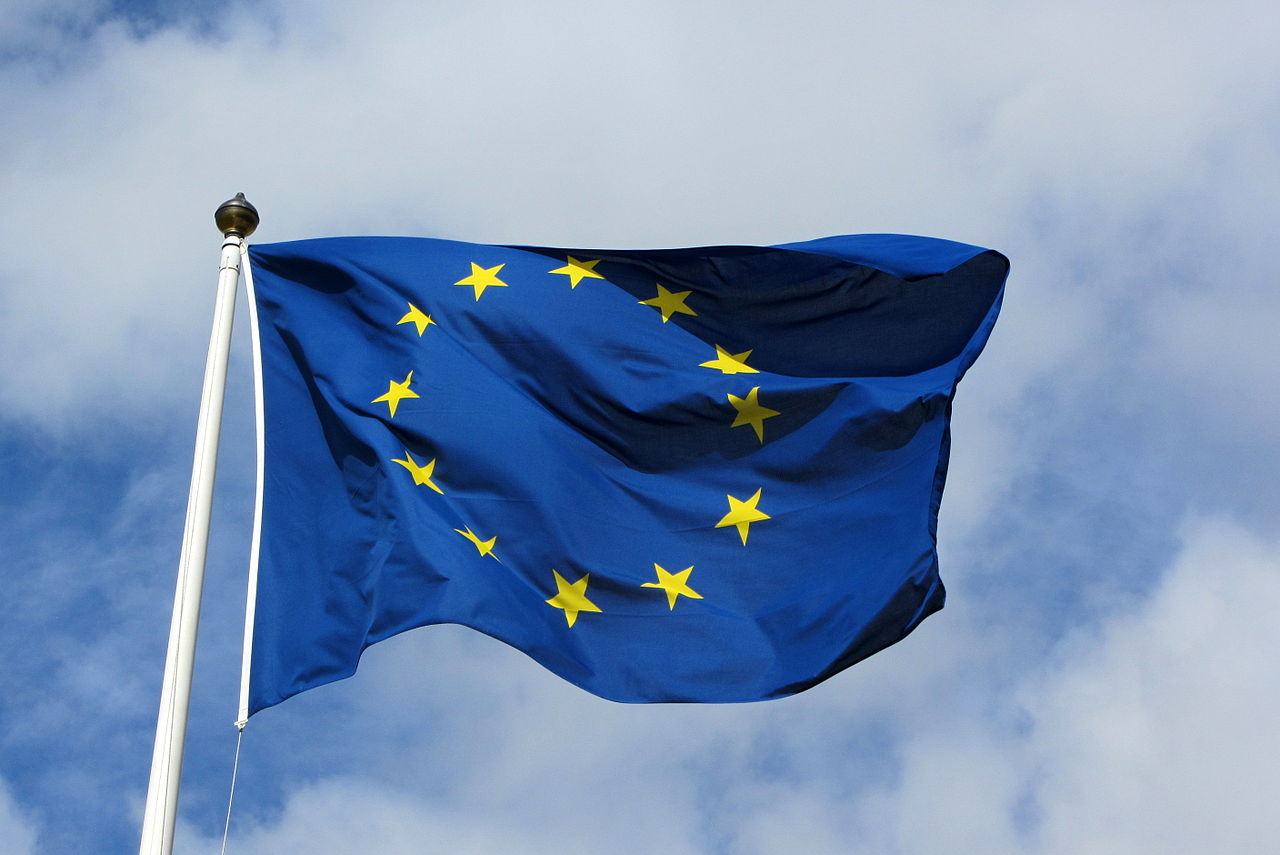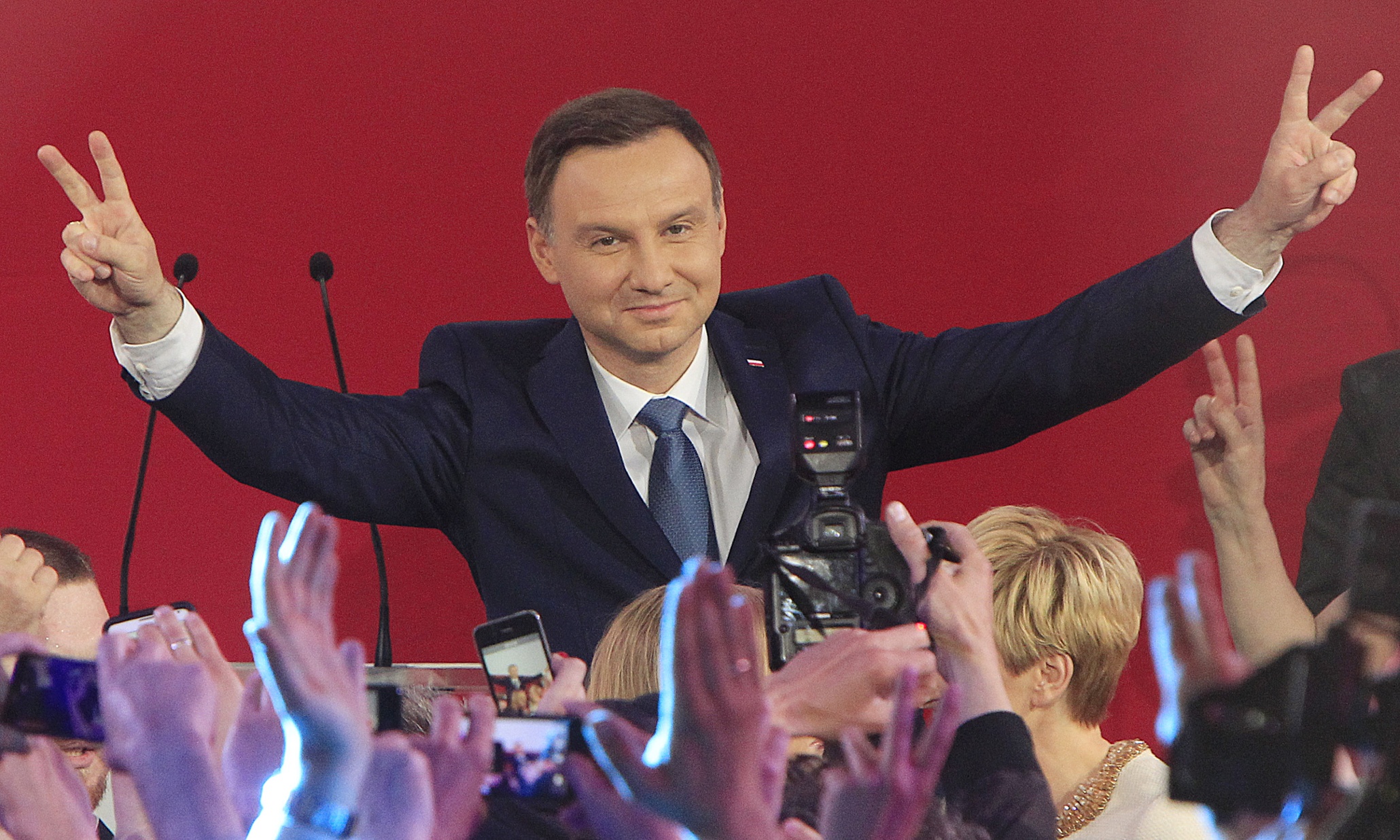International
-

It’s the culture, stupid! Issue competition in the 2017 Dutch election
Although the mostly reported outcome of the Dutch Elections, held on…
-

Young people’s voting behavior in Europe
Nicola Maggini, Young People’s Voting Behaviour in Europe. A Comparative Perspective,…
-

The Dutch Parliamentary election of 2017: a case study of issue competition
Lorenzo De Sio Party systems across the Western world appear increasingly…
-

Towards the next Dutch general election: the issue opportunity structure for parties
Nicola Maggini, Lorenzo De Sio and Mathilde van Ditmars Following on the…
-

Towards the next Dutch general election: party credibility on different issues
Aldo Paparo, Lorenzo De Sio, Mathilde van Ditmars As seen in…
-

Towards the next Dutch general election: issues at stake, support and priority
Vincenzo Emanuele, Lorenzo De Sio and Mathilde van Ditmars[1] Falling in a…
-

“Issue yield” and party competition: the case of the EU integration issue in times of crisis
Lorenzo De Sio, Mark N. Franklin, Till Weber, The risks and opportunities…
-

The Italian constitutional reform referendum: a “nowcasting” experiment
Recent electoral events (the Brexit referendum; Trump’s victory) have testified a…
-

Turbulent times – Economic change and political instability in Western democracies
On April 21st, at LUISS Guido Carli, the CISE convened a…
-

Presidential elections in Poland – exclusive video interview with Mikołaj Cześnik
The recent presidential elections in Poland have seen the unexpected victory…